Head-To-Head: Samsung Galaxy S4 Vs. Galaxy S3

The Galaxy Launch
The Samsung Galaxy S4 hits the streets on Wednesday, and in the U.S. it will be offered by AT&T, Sprint and U.S. Cellular for shipments later this month. Versions from T-Mobile and Verizon are "coming soon," according to Samsung's Galaxy S4 product page.
The company's marketing department waxes esoteric about how the device "improves life" and "strengthens interpersonal bonds," but here in the CRN Test Center, we prefer to deliver hard (and accurate) facts about how many cores the Galaxy S4 will have in the U.S. (it's four, not eight), improvements to its display resolution and how the new camera watches you. Here's a complete breakdown of Galaxy S4 vs. Galaxy S3, the model that was already quite the iPhone killer.
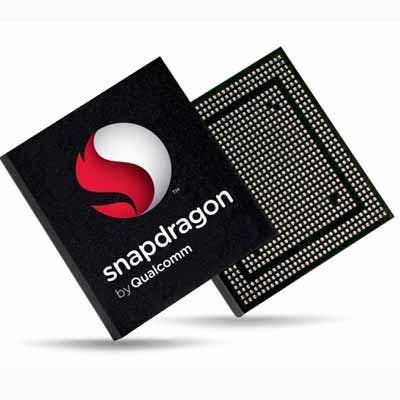
CPU, GPU And Memory
The Galaxy S4 devices sold in the U.S. will be built around the Qualcomm Snapdragon 600 system-on-chip, which contains four 1.9GHz ARMv7 cores. Some outlets erroneously reported the phone having Samsung's eight-core Exynos 5. Elsewhere it might, but not here.
Last year's Galaxy S3 did have a Samsung SoC; it came equipped with the Exynos 4412 quad-core SoC running at 1.4GHz, which contains four ARM Cortex A9 application cores plus another four ARM Mali-400 GPUs for graphics. For graphics, the Snapdragon SoC wields an Adreno 320, the successor to Qualcomm's Adreno 225 that it says delivers up to four times the performance and is optimized for HTML5 and 3-D software. The Galaxy S4 has 2 GB of DDR3 memory, doubling the Galaxy S3's 1-GB RAM capacity. Both are available with 16 GB, 32 GB or 64 GB of app and data storage, and both can add another 64 GB via microSD.

Display
The Galaxy S4 delivers full 1,920-x-1,080 HD resolution on a 5-inch LED. After doing the math on Sven's pixel counter page, that calculates to a dazzling 441 dots-per-inch, the best in the business. Though impressive at its release (and still quite nice), the Galaxy S3's resolution at 1,280 x 720 is comparatively sparse. With the its 4.8-inch glass coming in at 306, a dot pitch shy of the S4's, the S3 is left in the dust. The S4 has a bright and beautiful display that's super-sensitive to the touch and crisp and clear to the eye. No jaggies here; just smooth lines and lots of "wow" factor. The Galaxy S4 protects its LED panel with Corning's latest Gorilla Glass 3; the Galaxy S3 includes Gorilla Glass 2.
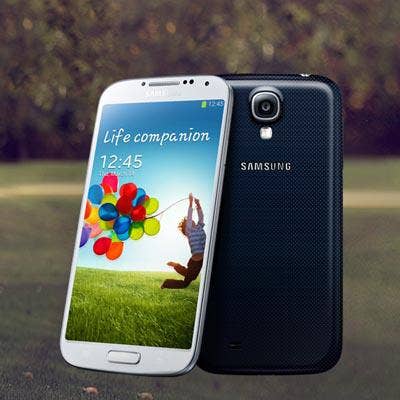
Dimensions
Amazingly, the Galaxy S4 is thinner and lighter than its predecessor while doubling its processing capabilities and cramming HD-quantity pixels into its display. At 5.38 x 2.74 inches, the S4 is exactly the same length as the S3, and Samsung managed to trim four-hundredths of an inch from its width. Even more impressive, the Galaxy S4, at 0.31 inches, shaves three-hundredths of an inch from the Galaxy S3's thickness of 0.34 inches. At 4.6 ounces, GS4 weighs one-tenth of an ounce less than GS3's hefty 4.7 ounces.
Though we don't miss having less power than before, we were glad to see the return of something from a prior model. With its textured plastic shell, Samsung has instilled the Galaxy S4 with a more grippable design like that of the Galaxy S2's. And while it's still all made of plastic, the Galaxy S4's bezel is encircled with a handsome metallic ring. The Galaxy S4 retains the single hardware home button and soft buttons for menu and back functions.
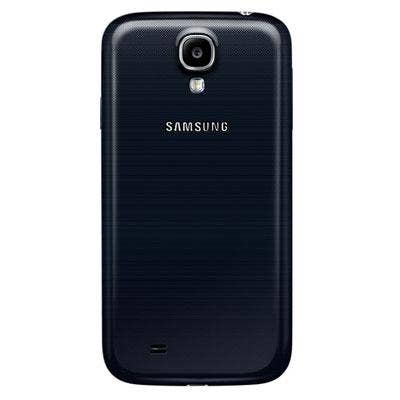
Cams And Coms
Samsung beefs up the Galaxy S4's optical sensors in two major ways and in a couple of minor ways too. Firstly, the Galaxy S4's rear camera has a 4X digital zoom and can collect 13 million pixels; that's an enormous amount of information. The Galaxy S3's rear camera came with an 8MP rear camera. Both smartphones can capture 1080p video at 30 frames per second on their rear cameras, but the 1.9MP camera of the Galaxy S3 is limited to 720p video. Not only can the Galaxy S4 capture 1080p video on its 2.1MP front camera, it can also record video (or take pictures) on both cameras at the same time.
As for radios, the two models are nearly identical. Both smartphones offer near-field communications (NFC), introduced by Samsung with the Galaxy S3, as well as Bluetooth 4.0 and Wi-Fi a/b/g/n. Both also offer dual-band Wi-Fi, DLNA, Wi-Fi Direct and hotspot capabilities. And aside from the carriers previously mentioned, it seems a safe bet that the Galaxy S4 also will be available from Cricket, C-Spire and MetroPCS, as Galaxy S3 is now.
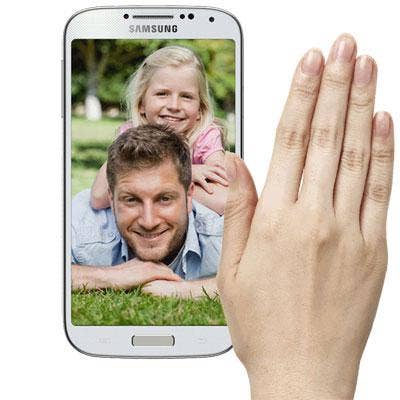
Sensory Input
With the Galaxy S4, Samsung sails beyond the GPS, gyroscope, accelerometer, ambient light and other sensors now standard in most smartphones and journeys deep into the uncharted space of meteorological probes. Developers will now have access to temperature, humidity and barometric pressure data. A health app is included, but we can't wait to see the types of apps developers will dream up, perhaps measuring perspiration levels to determine whether you've exercised enough or combining atmospheric data to warn if it's time to leave the golf course.
Galaxy S4 also includes an infrared emitter, which turns the device into a remote control for TVs, media players and other electronic components. It's also the basis for Air Gestures, which permits control of some apps while hovering or using hand gestures a distance from the device. Air Gestures will allow swiping pages, selecting objects and other controls to be performed without touching the screen. There's also a hover mode that can, for example, preview email without opening it.
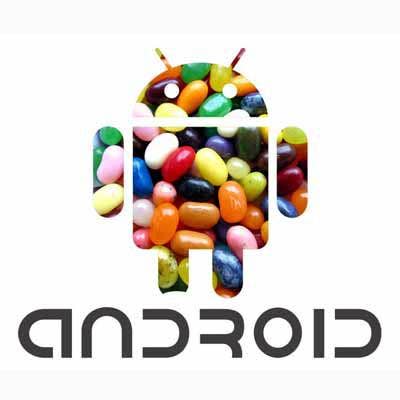
Software
With Android Jelly Bean 4.2.2, Galaxy S4 now includes Swiftkey 4, which (finally) replaces the subpar Android keyboard and delivers Flow, a control for swiping out words instead of discretely typing each letter. It can also toggle a seemingly unlimited number of device controls -- a huge convenience for the perpetually power-conscious. On that subject, Galaxy S4's battery has been beefed up from 2100 mAh to 2600 mAh, an increase of nearly 25 percent in electron storage from Galaxy S3.
The company includes its excellent TouchWiz overlay for Android, which simplifies navigation and adds lots of great functionality. Among the recent innovations are Smart Pause and Smart Scroll, which let certain apps work with the camera to track eye movement to automatically scroll text when appropriate or pause media playback when the eyes are focused elsewhere. The Galaxy S4 also includes KNOX, a kernel-level BYOD solution with boot protection that works alone or with a company's existing MDM solution to secure corporate data and keep it separate from the personal side.
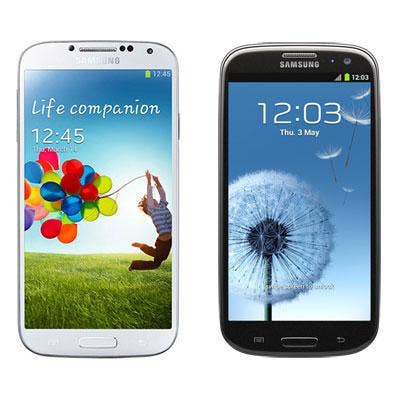
Bottom Line
The Samsung Galaxy S4 carries a hefty list price of $999, but will rarely sell for that price. Now taking contract pre-orders are carriers AT&T for $199, Sprint for $249 ($149 with a number switch), and U.S. Cellular for $199 also. Of the box stores that are on board, the only one currently taking pre-orders is Wal-Mart, which is offering the phone for $198 with a new account and two-year AT&T data plan. Delivery is set for April 27.